-
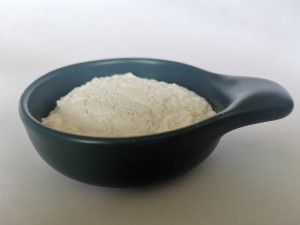
High Permeability Rate Diatomite for Sugar Industry
Description: Diatomite is formed by remains of unicellular water plant-diatom which is a non-renewable resources. The chemical composition of diatomite is SiO2, and the SiO2 content determine diatomite’s quality. ,the more the better. Diatomite has some unique properties, such as porosity, lower density, and large specific surface area, relative incompressibility and chemical stability. It has poor conductivity for acoustics ,thermal, electrical, non-toxic and tasteless. The diatomite production can be extensively applied in industrial production with these properties.
-
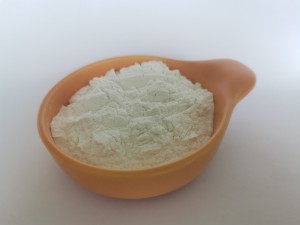
Diatomite With Widely Application-Diatomaceous Earth Powder
Description: Diatomite is formed by remains of unicellular water plant-diatom which is a non-renewable resources. The chemical composition of diatomite is SiO2, and the SiO2 content determine diatomite’s quality. ,the more the better. Diatomite has some unique properties, such as porosity, lower density, and large specific surface area, relative incompressibility and chemical stability. It has poor conductivity for acoustics ,thermal, electrical, non-toxic and tasteless. The diatomite production can be extensively applied in industrial production with these properties.
-
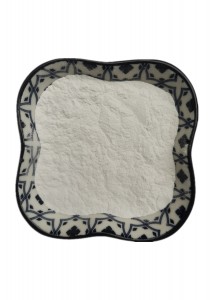
Supply High Quality Food Grade Diatomaceous Earth Powder/ Diatomite
What is Diatomaceous earth and its functions:
Diatomaceous earth ( DE), diatomite or kieselgur/kieselguhr is a naturally occurring, soft, siliceous
sedimentary rock that is easily crumbled into a fine white to off-white powder. It has a particle size ranging from less than 3 μm to more than 1 mm, but typically 10 to 200 μm. Depending on the granularity, this powder can have an abrasive feel, similar to pumice powder, and has a low density as a result of its high porosity.
The typical chemical composition of oven-dried diatomaceous earth is 80–90% silica, with 2–4% alumina (attributed mostly to clay minerals) and 0.5–2% iron oxide. Diatomaceous earth consists of fossilized remains of diatoms, a type of hard-shelled protist.It is used as a filtration aid, mild abrasive in products including metal polishes and toothpaste, mechanical insecticide, absorbent for liquids, matting agent for coatings, reinforcing filler in plastics and rubber, anti-block in plastic films, porous support for chemical catalysts, cat litter, activator in blood clotting studies, a stabilizing component of dynamite, a thermal insulator, and a soil for potted plants and trees like bonsai.
-
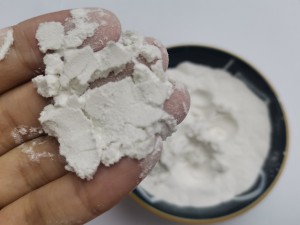
Food Grade Diatomite Powder
Diatomite is deposited by the remains of single-celled aquatic algae under certain geological conditions. Diatomite is characterized by porosity, large specific surface area, low density, good adsorption, acid resistance and heat resistance. The filter aid produced by our company is made of diatomaceous earth as raw material through drying, crushing, mixing, calcination, air air separation, classification and other processes. Its function is to separate solid and liquid from liquid and to clarify filtrate.
Advantages of using diatomite: PH value neutral, non-toxic, suspension performance, strong adsorption performance, bulk weight light, oil absorption rate of 115%, fineness in 325 mesh —500 mesh, mixing uniformity is good, when used will not block the agricultural machinery pipeline, in the soil can play a moisturizing, loose soil, extend the time of efficacy and fertilizer effect, promote the growth of crops.
-
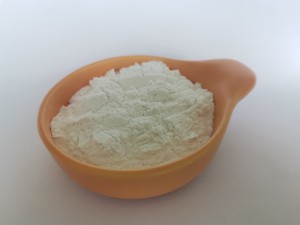
Diatomite Powder for Sugar Industry
Description: Diatomite is formed by remains of unicellular water plant-diatom which is a non-renewable resources. The chemical composition of diatomite is SiO2, and the SiO2 content determine diatomite’s quality. ,the more the better. Diatomite has some unique properties, such as porosity, lower density, and large specific surface area, relative incompressibility and chemical stability. It has poor conductivity for acoustics ,thermal, electrical, non-toxic and tasteless. The diatomite production can be extensively applied in industrial production with these properties.
-
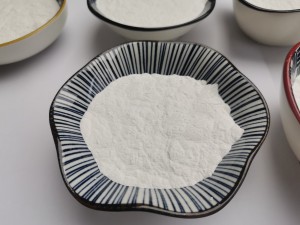
China kieselguhr diatomaceous earth for swimming pool filter
Description: Diatomite is formed by remains of unicellular water plant-diatom which is a non-renewable resources. The chemical composition of diatomite is SiO2, and the SiO2 content determine diatomite’s quality. ,the more the better. Diatomite has some unique properties, such as porosity, lower density, and large specific surface area, relative incompressibility and chemical stability. It has poor conductivity for acoustics ,thermal, electrical, non-toxic and tasteless. The diatomite production can be extensively applied in industrial production with these properties.
-
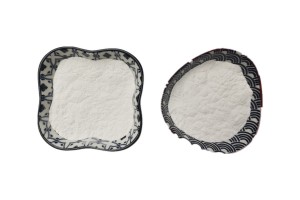
Food Grade Diatomaceous Earth Diatomite Celite for Oil Plant Filter
Brand Name: Dadi
Application: solid-liquid seperation
Shape: Powder
Chemical Composition: SiO2
color: white; light pink; gray
appearance: powder
particle size: 14/40/80/150/325 mesh
Type: calcined; flux calcined
SiO2: >88%
PH: 5-11
AL2O3: <2.96%
Fe2O3: <1.38%
Supply Ability
1000000 Metric Ton/Metric Tons per Month
-
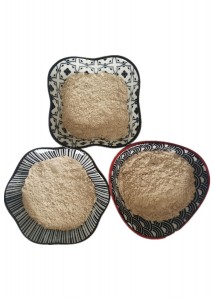
Factory Direct Celite 545 Powder Filter Diatomaceous Earth Diatomite Powder for Sale
Brand Name: Dadi
Application: solid-liquid seperation
Shape: Powder
Chemical Composition: SiO2
color: white; light pink; gray
appearance: powder
particle size: 14/40/80/150/325 mesh
Type: calcined; flux calcined
SiO2: >88%
PH: 5-11
AL2O3: <2.96%
Fe2O3: <1.38%
Supply Ability
1000000 Metric Ton/Metric Tons per Month
-
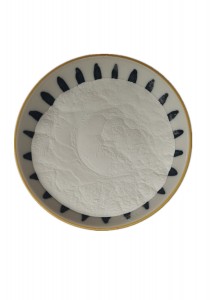
Diatomite filter aid ZBS500#
Diatomite is deposited by the remains of single-celled aquatic algae under certain geological conditions. Diatomite is characterized by porosity, large specific surface area, low density, good adsorption, acid resistance and heat resistance. The filter aid produced by our company is made of diatomaceous earth as raw material through drying, crushing, mixing, calcination, air air separation, classification and other processes. Its function is to separate solid and liquid from liquid and to clarify filtrate.
Advantages of using diatomite: PH value neutral, non-toxic, suspension performance, strong adsorption performance, bulk weight light, oil absorption rate of 115%, fineness in 325 mesh —500 mesh, mixing uniformity is good, when used will not block the agricultural machinery pipeline, in the soil can play a moisturizing, loose soil, extend the time of efficacy and fertilizer effect, promote the growth of crops.
-
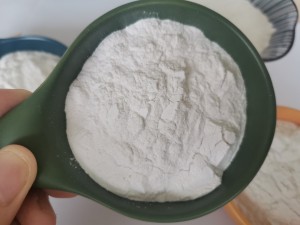
Food Grade Diatomaceous Earth Diatomite Celite for Oil Plant Filter
Brand Name: Dadi Application: solid-liquid seperation
Shape: Powder Chemical Composition: SiO2
color: white; appearance: powder
particle size: 14/40/80/150/325 mesh
Type: flux calcined SiO2: >88%
PH: 5-11 AL2O3: <2.96%
Fe2O3: <1.38%
Supply Ability
1000000 Metric Ton/Metric Tons per Month
-
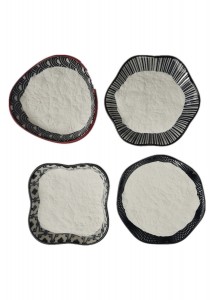
Diatomite Filter Aid for Water Treatment
Description: Diatomite is formed by remains of unicellular water plant-diatom which is a non-renewable resources. The chemical composition of diatomite is SiO2, and the SiO2 content determine diatomite’s quality. ,the more the better. Diatomite has some unique properties, such as porosity, lower density, and large specific surface area, relative incompressibility and chemical stability. It has poor conductivity for acoustics ,thermal, electrical, non-toxic and tasteless. The diatomite production can be extensively applied in industrial production with these properties.
-
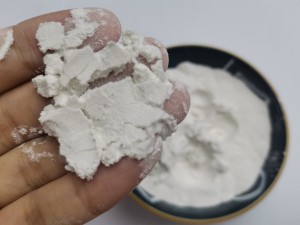
Wholesale price food grade diatomaceous earth powder for condiment and beverage
Description: Diatomite is formed by remains of unicellular water plant-diatom which is a non-renewable resources. The chemical composition of diatomite is SiO2, and the SiO2 content determine diatomite’s quality. ,the more the better. Diatomite has some unique properties, such as porosity, lower density, and large specific surface area, relative incompressibility and chemical stability. It has poor conductivity for acoustics ,thermal, electrical, non-toxic and tasteless. The diatomite production can be extensively applied in industrial production with these properties.

